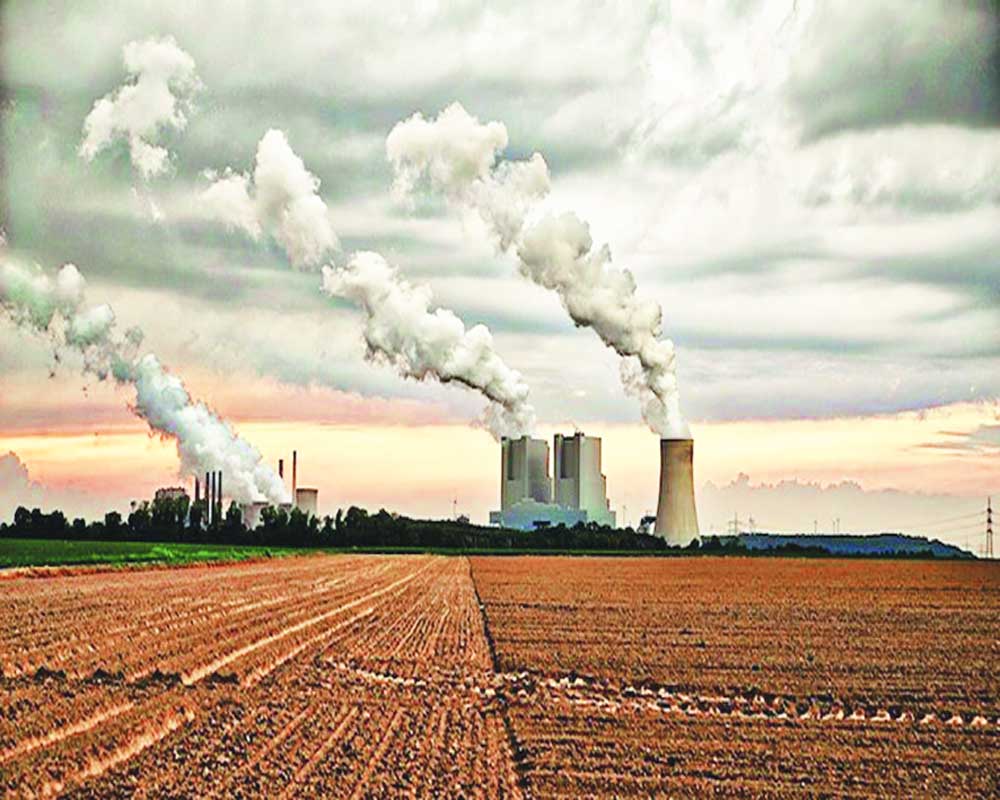All sources of NOx and NO2, be it transport, industries and power generation, should be tackled keeping in view the health emergency that the country faces today
At a time when air pollution levels are becoming a constant threat in India and across the world, we need to deal with two most damaging gases, nitrogen oxides (NOx) and nitrogen dioxides (NO2).
NOx and NO2 are produced from the reaction of nitrogen and oxygen gases in the air during combustion, especially at high temperatures. Hence, in areas with high vehicular traffic, especially large cities, the amount of NOx and NO2 emitted into the atmosphere as air pollution can be significant.
NOx and NO2 gases react to form smog and acid rain as well as being central to the formation of fine particles (PM) and ground level ozone, both of which are associated with adverse health effects. Exposure to PM pollution and deadly ozone, even for a short duration, can worsen respiratory conditions and asthma and lead to emergency hospital admission, especially for those with pre-existing heart or lung disease and in the elderly and children.
India, too, is in the crosshairs of spiralling NOx and NO2 levels. The Air Pollution Global Cities Ranking Report released by Greenpeace found that 15 of the 20 most polluted cities in the world are located in India, highlighting the country’s air pollution crisis.
The organisation analysed the satellite data generated using the methodology of Tropospheric Monitoring Instrument (TROPOMI), which monitors vertically integrated amount of several atmospheric trace gases, including NOx and NO2. Based on the analysis of this satellite data, Greenpeace India put the culpability of rising NOx and NO2 levels on transport and industrial clusters which are creating India’s worst nitrogen dioxide hotspots such as Delhi, Bengaluru, Mumbai, Kolkata, Chennai and Hyderabad, given the fact that these cities have high vehicular population and petrol/diesel consumption.
According to the satellite data collected between February 2018 and May 2019, coal consumption and industrial clusters like Sonbhadra-Singrauli in Madhya Pradesh, Korba in Chhattisgarh, Talcher in Odisha, Chandrapur in Maharashtra, Mundra in Gujarat and Durgapur in West Bengal were also found to be equally polluting when it comes to NOx and NO2 emissions.
In January 2019, Airpocalypse III, another report by Greenpeace India, identified 139 cities where air pollution levels exceed national standards but were not included in the National Clean Air Programme (NCAP) that was recently released by the Ministry of Environment Forest and Climate Change (MoEFCC).
The report states that even if we are optimistic and assume that air pollution across India can be reduced by 30 per cent by 2024, 153 cities will be left with pollution levels exceeding the National Ambient Air Quality Standards (NAAQS) and only 12 cities will comply with World Health Organisation (WHO) guidelines.
To highlight the severity of the crisis, even after a 30 per cent reduction, PM10 levels in Delhi will still be about 168 µg/m3, almost three times the national standard of 60µg/m3.
India is already paying a price for the current nitrogen dioxide levels with increasing cases of asthma, lung damage, heart attacks and lung cancer. No2 also contributes to the formation of PM2.5, a dangerous air pollutant.
It is estimated that air pollution, ambient PM2.5, household and ozone air pollution collectively caused 3.4 million deaths worldwide in 2017 and over 1.2 million in India. PM2.5 alone resulted in more than 6.7 lakh deaths in India in 2017.
The proliferation of NO2 levels and the consequent increase in PM2.5 levels require urgent intervention and action from the Government. All sources of No2, be it transport, industries and power generation, should be tackled keeping in view the health emergency India faces today.
Additionally, the emission standard deadlines for coal-based power plants and industries must be strictly adhered to, even as the industrial and electricity sectors’ transition to cleaner alternatives for power generation must be speeded up.
In fact, according to a 2015 report by IIT-Kanpur, a 90 per cent reduction in No2 from power plants in a radius of 300 km from Delhi can reduce nitrates by 45 per cent, which will effectively reduce PM10 and PM2.5 concentrations in Delhi and help us breathe better.
(The writer is an environmental journalist


























